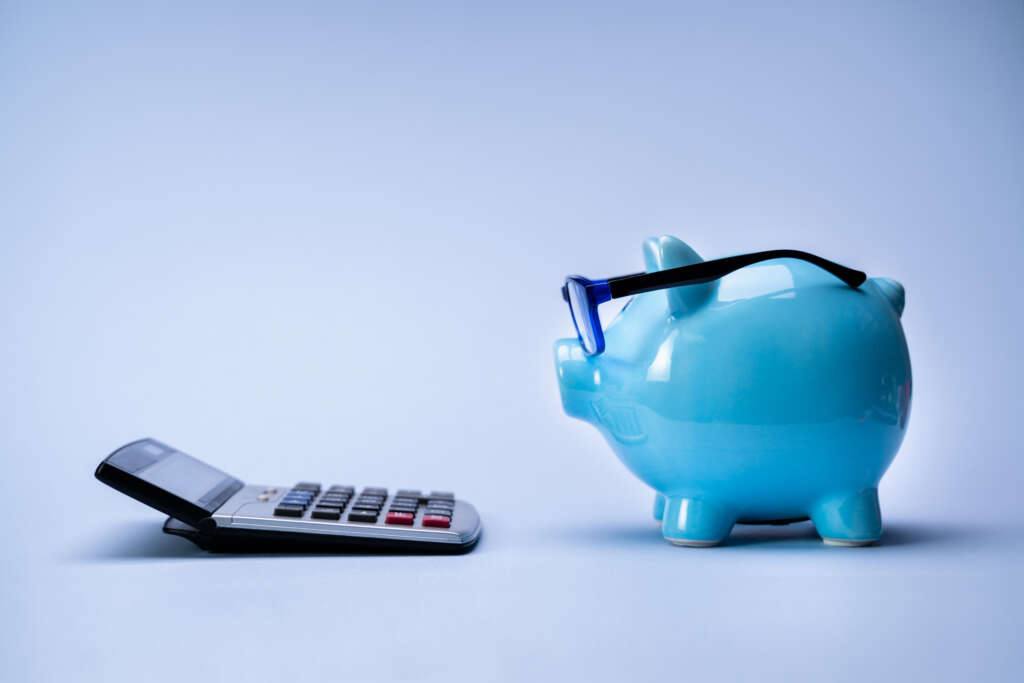Share This Article
You’re already on the right track if you’re saving anything at all, even if it’s just $25 per month. Building wealth isn’t about having loads of extra money lying around – it’s about gradually increasing how much you keep from what you earn. Small improvements in your savings rate compound over time, turning modest begainnings into substantial financial security.
Start Where You Are Right Now
Your current savings rate matters less than the direction you’re heading. Someone saving 2% of their income can work toward 3%, then 5%, then 10% over time. Each percentage point increase represents real progress toward your financial goals.
Track your current savings rate by dividing your monthly savings by your monthly take-home pay. If you’re bringing home $3,000 monthly and saving $150, you’re at a 5% savings rate. This baseline helps you set realistic improvement targets.
Automate Your Success
Set up automatic transfers from checking to savings right after payday. This “pay yourself first” approach removes the temptation to spend money before saving it. Start with whatever amount feels comfortable, even if it’s just $50 per month.
Increase your automatic savings by $25 every three months. This gradual approach lets you adjust to having less spending money without feeling deprived. After one year, you’ll be saving $100 more monthly without making one dramatic lifestyle change.
Use separate savings accounts for different goals to make progress more visible. Having dedicated accounts for emergency funds, vacation savings, and car repairs helps you see exactly how each dollar is working.
Leverage Windfalls and Bonuses
Save at least 50% of any unexpected money that comes your way. Tax refunds, work bonuses, birthday cash, or rebate checks represent opportunities to boost your savings without impacting your regular budget.
Direct deposit your tax refund straight into savings to avoid the temptation to spend it. The average tax refund is around $3,000, which could jumpstart an emergency fund or boost existing savings significantly.
Treat salary increases strategically by saving the raise rather than increasing your spending. If you get a 3% raise, maintain your current lifestyle and direct the extra income to savings.
Small Daily Changes That Add Up
Bring lunch to work three days per week instead of buying it. If workplace meals cost $12 and homemade lunches cost $4, you’ll save $24 weekly or about $1,250 annually.
Make coffee at home most mornings rather than stopping at coffee shops. A $5 daily coffee habit costs $1,825 annually, while making coffee at home costs around $300.
Use the 52-week savings challenge to build savings habits gradually. Start by saving $1 the first week, $2 the second week, and so on. By year’s end, you’ll have saved $1,378.

Housing and Transportation Wins
Consider getting a roommate if you own your home. Renting out a spare room can generate $500 to $1,200 monthly in many areas, dramatically improving your savings rate without changing your lifestyle.
Refinance your mortgage if rates have dropped since you bought your home. Even a 1% reduction in interest rate can save hundreds monthly on mortgage payments.
Evaluate your transportation costs honestly. If you’re spending more than 20% of your income on car payments, insurance, and gas, consider whether a less expensive vehicle might improve your financial situation.
Increase Income Too
Ask for a raise if you haven’t had one in over a year and your performance merits it. Even a modest 3% to 5% increase provides more money to direct toward savings. Research salary data to support your request.
Start a small side income stream that you direct entirely toward savings. Even earning an extra $200 monthly through freelancing or part-time work can significantly boost your savings rate.
Use Technology to Your Advantage
Savings apps can automatically save small amounts based on your spending patterns. These micro-savings add up over time and happen so gradually you barely notice the money leaving your checking account.
Use cash-back credit cards responsibly and direct all rewards to savings. If you spend $1,000 monthly on a 2% cash-back card, you’ll earn $240 annually in rewards.
Review and cancel subscriptions you don’t actively use every few months. Even saving $30 monthly on unused subscriptions adds $360 annually to your savings.
Track Progress and Stay Motivated
Calculate your net worth quarterly to see the big picture impact of your increased savings rate. Watching your assets grow over time provides motivation to continue improving your financial habits.
Max out employer 401k matching immediately if you haven’t already. This represents free money that dramatically improves your effective savings rate.
Building a stronger savings rate takes time and patience. Focus on sustainable improvements that you can maintain over years rather than dramatic changes that burn you out quickly.


